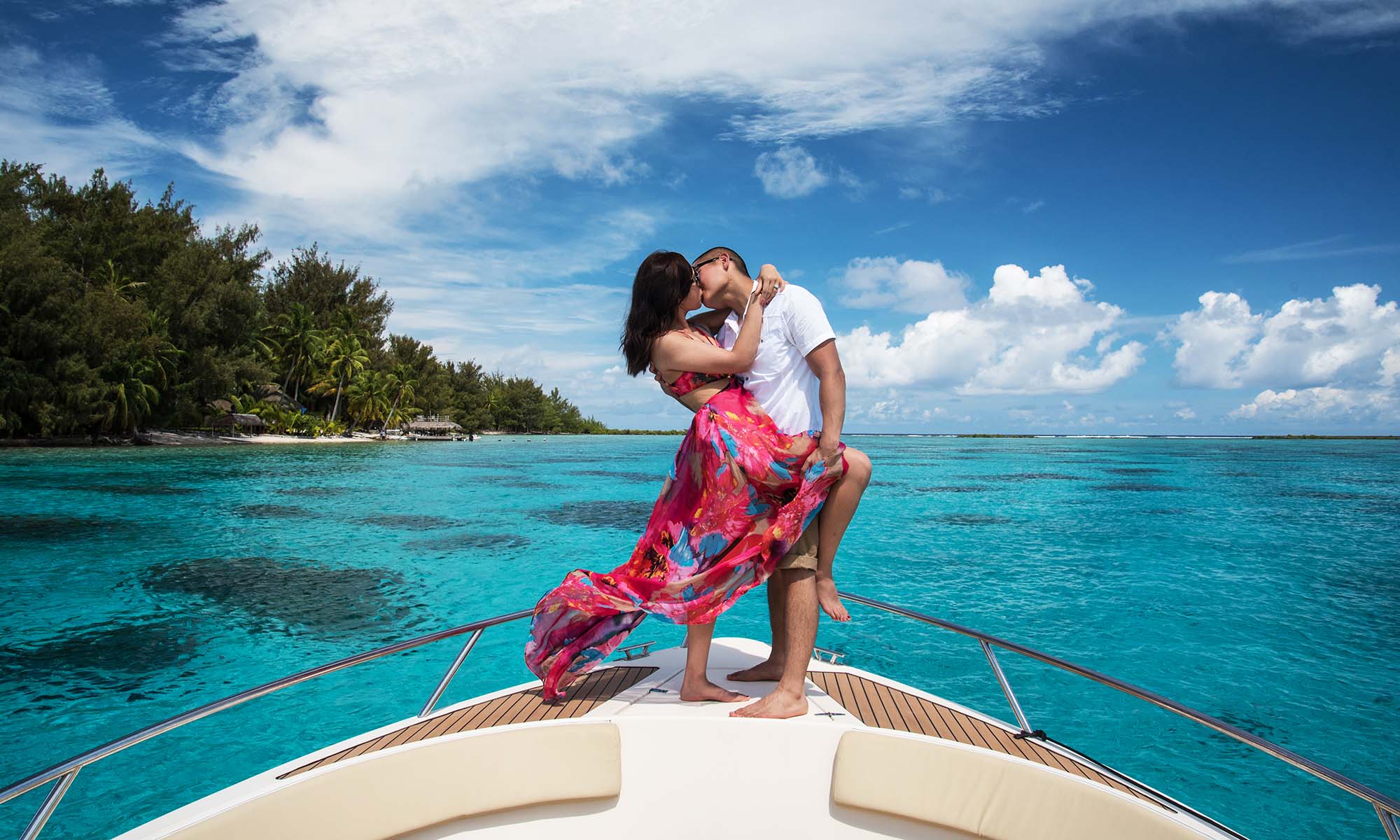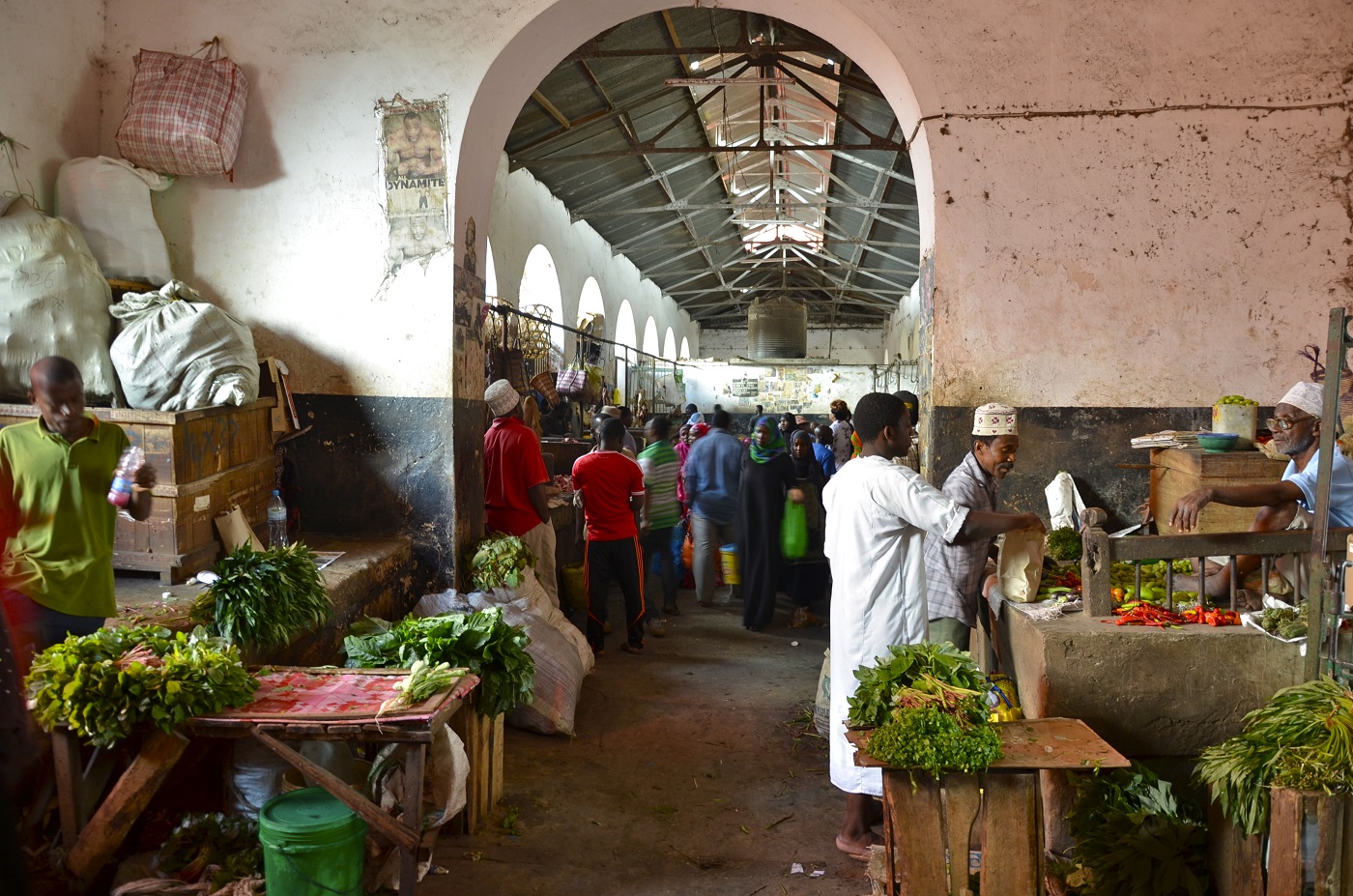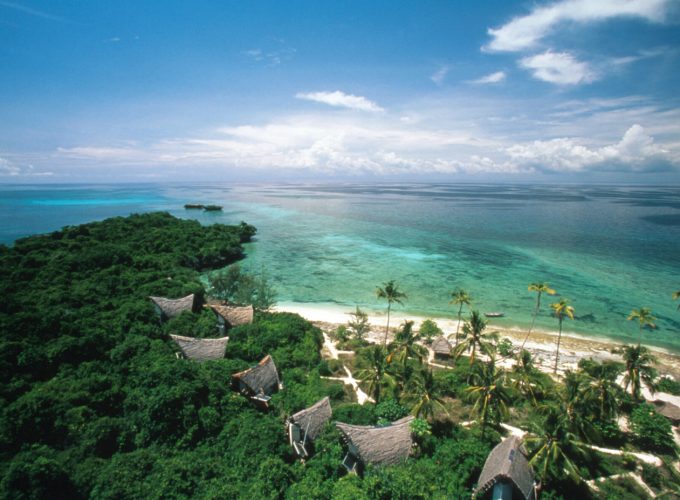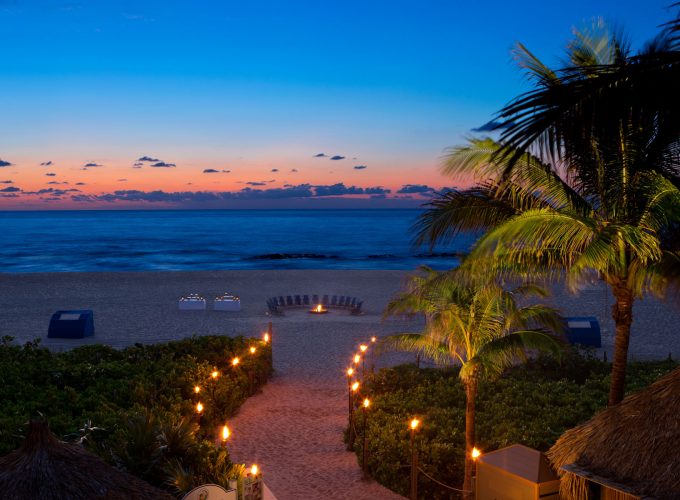ACTIVITIES
What to Do in Zanzibar
The Zanzibar Archipelago is a small cluster of slow-paced islands, pristine turquoise waters, and white-sand beaches, where you can rest in a beachside or read by the pool, but if you are looking for more activities, Zanzibar offers many options to make you as engaged as you want to be!
From our guided tours around the island, you can discover cultural and architectural treasures to water activities like scuba diving, kitesurfing, and more…
CULTURAL EXPERIENCES
Explore the rich heritage and historical legacy of Zanzibar… Walk around Stone Town’s vibrant streets and narrow alleys… Sail to Prison Island to meet giant tortoises… or you can awaken your senses at a spice plantation!
Stone Town Walking Tour and Historic Sites
Stone Town, also known as Mji Mkongwe, a Swahili word for “old town”. This place is the old part of Zanzibar City, the main city of Zanzibar, in Tanzania. The newer portion of the city is known as Ngámbo, which means “the other side”. Stone Town is located on the western coast of Unguja, the main island of the Zanzibar. Former capital of the Zanzibar Sultanate, and flourishing centre of the Spice Trade as well as the Slave Trade in the 90s.
Stone Town is a city of prominent historical and artistic importance in East Africa. Its architecture, mostly dating back to the 19th century and reflects the diverse influences underlying the Swahili Culture, giving a unique mixture of Arab, Persian, Indian and European elements. For those mentioned reasons, an excursion around the city gives you the best feel of the surrounding and the people of stone town. You are in position to explore the former slave market, The Angrican Cathedral Church, the house of wonders and the Sultan Palace Museum, the old Arab Fort and the Dispensary just to mention a few of the Highlights. Apart from the 100s of carved doors you can find in the narrow street of stone town, there are many more places you will visit to gain insight into the outstanding material manifestation of cultural fusion and the harmonization. We encourage everyone to take a tour to learn the history of Zanzibar and orient yourself to the maze of streets and alleys before venturing out to explore on your own.
Beit el-Ajaib (House of Wonders) dominates the Stone Town waterfront skyline. Built in 1883 by Sultan Barghash as a ceremonial palace it was true to its name for being, among many notable characteristics, the tallest building in East Africa and the first to have running water, electricity, and an elevator.
The Palace Museum. Former residence of Zanzibar’s last sultan, overthrown during the 1964 revolution for Zanzibar independence and ultimate union with mainland Tanganyika to form the Republic of Tanzania. Three floors chock full of memorabilia not removed in the chaos. Exhibits are labeled, but knowledgeable guides with plenty of stories to tell are available at the entrance.
The Old Fort (Ngome Kongwe) was built around 1700 by the Omanis who ousted the Portuguese from the island. Over the years it has been repurposed many times and presently houses several craft shops, a cafe, tourist information, and an outdoor amphitheater.
Forodhani Gardens. Manicured gardens on the waterfront in proximity to all of the above. Pleasant spot for a rest in the shade, but it really comes alive at night when a street food bazaar materializes with an extensive range of freshly prepared local and locally-inspired dishes (with an emphasis on seafood), along with fresh fruit drinks and more. Now catering to island visitors, feel free to indulge worry-free!
Anglican Cathedral and Slave Market. With the powerful British Empire wielding influence on the island in the 19th century, slavery was outlawed. To prove a point, in 1873 the British built their cathedral on the location of the slave market. In the basement of the old mission hospital next door can be found the tiny dank rooms where slaves were held.
Central Market. The open-air main market for the city, where you can find everything – from fresh fish to spices to hardware to the latest recordings of local Taarab Music. Prepare for all your sense to be engaged!
In Stone Town there remain more than 500 intricately carved wooden doors, many of them are older than the houses in which they are set. The doors served as a symbol of the wealth and status of a household. Take note as you wander the streets!
The Livingstone House was built around 1860 for Sultan Majid and used by many European missionaries and explorers as their home base before launching across the Zanzibar channel and into the African interior. David Livingstone, the most famous of them all, stayed in this house before his last fateful expedition in 1866. (Located 2km north of Stone Town; not seen on the walking tour.
Spice Tour
The history of Zanzibar would be incomplete without the cloves, nutmeg, cinnamon, pepper and many other spices which are essential ingredient in a Zanzibar’s everyday life, it is the island’s connection to spices and herbs.
The Spice Farm Tour is among the most popular excursions on the island. Grown spices can be seen in the plantations just outside Zanzibar town, this is also a fantastic opportunity to see the country side and rural areas of Zanzibar and also connect with local people.
Discover the spices that thrive in Zanzibar’s villages and plantations on a walking tour that’s an aromatic immersion in the island’s rural life. Join our guided Spice Farm walk through local farms that walks you through villages and spice plantations. Learn about their properties, their origins and the medical concepts in these different grown spices from the island. Get to touch and smell the grown, while workers jump and climb trees to seek out specific plants and cut off various barks, letting you see, feel and taste everything on site. You will be decorated with palm-leaf accessories such as ties, rings, bracelets and glasses. You may have an opportunity to taste some of the exotic fruits of Zanzibar and probably the only best place to buy fresh spices directly from the source. It can be quite surprising and one of the best experience you will ever have, interacting directly with the local life of SWAHILI farmers.
Along, you can add part of the tour to visit the ancient ruins of the Sultans’ country palace, the Persian baths built for the wife of one of the 19th century rulers, and see a beachfront shop where craftsmen build traditional sailing dhows using methods handed down for generations. A longer tour can include a trip to the village of Mwangapwani to explore an underground coral cave and ancient slave chambers; a trip to the Jozani Forest Reserve for a pleasant walk and opportunity to spot the red colobus monkey, found nowhere else in the world; or a visit to a distinctive mangrove swamp, nature’s protection against beach erosion.
Festivals and Events
Eid al-Fitr marks the end of the Muslim holy month of Ramadan. The island is in a celebratory mood that may last – literally and figuratively – for days. There is plenty of feasting, Taarab music concerts, and everyone dresses in their finest clothes. Stone Town can be a particularly exciting place at this time. In 2019 Eid is expected to commence at sunset on the 4th of June.
Mwaka Kogwa, the Shirazi New Year, is celebrated at the end of July. The best place to observe this festival is Makunduchi, a village in the southern part of Zanzibar, where huge bonfires are lit and mock fights occur between men using banana stems as weapons. As the men fight, women stroll through the field singing songs about life and love.
Sauti Za Busara (“Voices of Wisdom”) is a 4-day celebration of African music, drawing performers from all over the continent and beyond. It is held annually in Stone Town in February.
The Zanzibar International Film Festival is a 10-day cultural extravaganza of film screenings, music, workshops, exhibits, and more. Stone Town, July.
Prison Island
Prison Island is the name of a former prison for slaves and quarantine station in Zanzibar which is 30 minutes by boat from Zanzibar Island. The prison thereon was never used to house prisoners. Nowadays, the island gives you a chance to escape for some peace and quietness. It lies just off the Old Stone Town, it is also a home to giant land tortoises that were imported from Seychelles in the late 90s. Now, it is more commonly known as a home for Zanzibar’s Giant Aldabran Tortoise colony, some of which are over hundred years old. This endangered specie came to Zanzibar as a gift from the government of Seychelles. The island is fringed with a beautiful coral reef, ideal for snorkelling, fishing, diving and has a lovely white beach for sunbathing. This tour is a great way to see some history, and also see Stone Town from the sea as many old maritime legends would have done.
WATER ACTIVITIES
Scuba diving, snorkeling, cruising in a traditional single-masted Zanzibar dhow, and kitesurfing are a few of the water-based activities offered on the island! Be ready to get wet!
Snorkeling and Scuba Diving
Zanzibar’s underwater marvels include a magnificent array of hard and soft corals and a diverse collection of sea creatures, including manta rays, both hawksbill and green turtles, barracudas, dolphins, and much more.
One of the best places for both diving and snorkeling is around Mnemba Island off the northeast coast of Zanzibar. There are many additional excellent dive spots, including wrecks, around the main Zanzibar Island, Pemba Island, in the channel between the two, as well as around Mafia Island. Excellent sites for snorkeling can be found in the Menai Bay Conservation Area off the southwest coast of Zanzibar, Chumbe Island, Mafia Island’s Chole Bay, and many locations right off the beach at low tide.
The best time for diving in East Africa is from September through March, though good diving can be found at any time of the year. February is the best time to view whale sharks. Water temperature at all sites ranges from 75° to 85° Fahrenheit (25° to 29° Celsius) and visibility ranges from 50 to 200 feet (15 to 60 meters). It is recommended to dive or snorkel as the tide starts to come in, as an outgoing tide may bring sediments that lower visibility at close-in sites.
Dhow Cruise
A dhow is the traditional one-masted wooden sailing boat with lanteen sails used for long distance trade and travel in the Indian Ocean region. Its graceful form is a symbol of the East African coast.
Cruising the small islands around Zanzibar in a dhow for a day or a few hours is a memorable and romantic experience. Day cruises usually include a stop at a sandbank or outer island for lunch and swimming; evening cruises include light refreshments. The sunsets viewed from the dhow are evocative and timeless.
Kitesurfing
The village of Paje, on Zanzibar’s southeast coast is the main kitesurfing area with its shallow waters, sandy bottom, and consistent winds. The off-shore reef offers amazing waves for more experienced kitesurfers seeking wave riding, wake styling, and free riding.
Swimming with Dolphins
The most common place to swim with dolphins is off the village of Kizimkazi on the southwest coast of Zanzibar, where they can be be seen most days.
However, due to large numbers of boats and tourists at peak times, and uncontrolled chasing and “corralling” of dolphins by some operators, the dolphins are increasingly stressed. While a code of conduct for operators and swimmers has been established, it seems not to be carefully followed.








